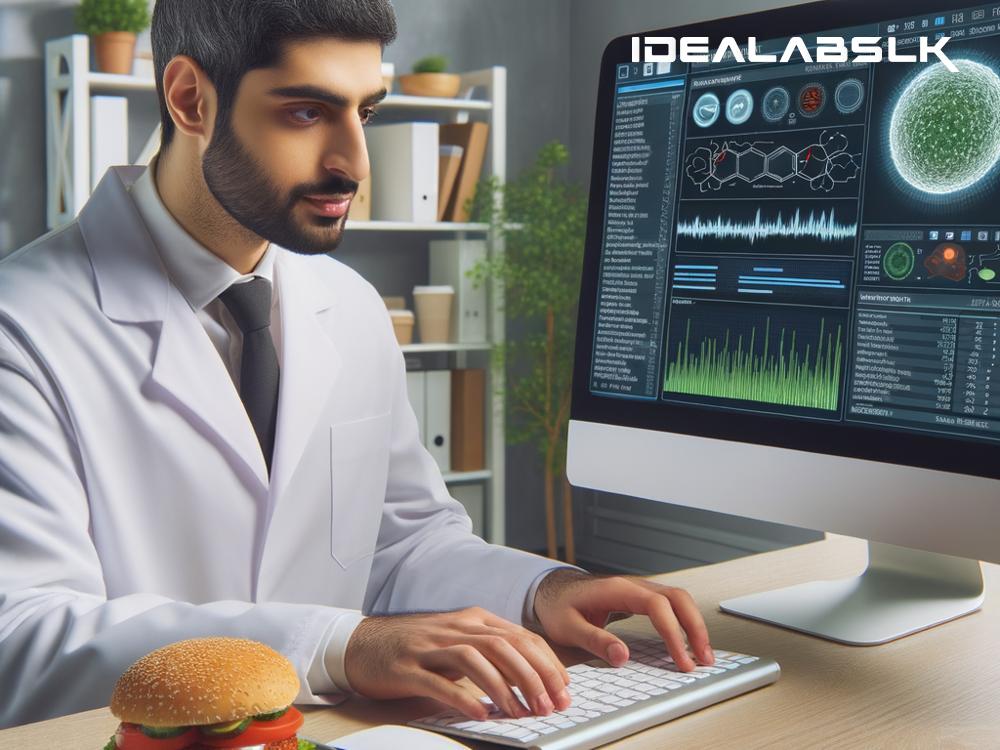When we stroll down the aisles of our favorite supermarket, we often come across food products labeled as ‘healthier alternatives’. These could be snacks with reduced fat, sugar-free beverages, plant-based meat substitutes, or gluten-free bread. But have you ever stopped to wonder how these alternatives are developed? In recent years, Artificial Intelligence (AI) has become a game-changer in creating healthier food options, revolutionizing the way we think about what we eat. Let’s delve into how AI is helping us enjoy the foods we love, in a way that’s better for our health.
First things first, what is AI? In simple terms, AI refers to the development of computer systems that can perform tasks typically requiring human intelligence. These tasks include learning, reasoning, problem-solving, and understanding language. In the food industry, AI is being harnessed to analyze vast amounts of data on food chemistry, nutrition, and consumer preferences to develop healthier food products.
Identifying Nutritional Content and Food Substitutes
One of the fundamental ways AI aids in developing healthier food alternatives is by analyzing the nutritional content of existing food products. This involves understanding which ingredients might be harmful or undesirable to some consumers (like high fructose corn syrup or trans fats) and identifying potential replacements that are healthier but do not compromise on taste or texture. For example, AI algorithms can sift through hundreds of plant-based proteins to find the one that would make a perfect substitute for animal protein in a burger, without losing the flavor and satisfaction of the traditional meat patty.
Personalization of Diet Plans
AI also plays a crucial role in personalizing nutrition. With wearable devices and health apps, AI can gather data about an individual’s health status, lifestyle, and dietary preferences. This information can then be used to recommend personalized food alternatives that not only cater to the individual's health requirements (such as low sodium for someone with high blood pressure) but also align with their taste preferences and dietary restrictions, making healthier eating more accessible and enjoyable.
Reducing Food Waste
When talking about healthier food alternatives, it's also essential to consider the environmental aspect. AI can help reduce food waste, a significant issue in the food industry, by analyzing data to predict how much of a product will be sold. This ensures that food production is more aligned with demand, reducing the amount of food that might otherwise be discarded. Less waste not only means a healthier planet but can also lead to more efficient production processes, making healthier food options more abundant and affordable.
Speeding up Research and Development
Developing a new food product, especially a healthier alternative, can be a long and costly process. AI speeds up this process by simulating the effects of substituting different ingredients, predicting how these changes will affect the final product’s taste, texture, and nutritional value. This means that food scientists and nutritionists can quickly iterate on recipes, cutting down the time and cost of bringing a new healthy food product to market. For instance, AI can help in rapidly formulating a low-sugar variant of a popular snack without going through countless trial and error in physical laboratories.
Enhancing Food Safety
Furthermore, AI contributes to healthier food alternatives by enhancing food safety. AI systems can monitor and analyze data from various points in the supply chain, quickly identifying potential contamination or quality issues. This not only ensures that the food we eat is safe but can also help in tracing outbreaks to their source, preventing future incidents. Healthier food alternatives are not just about nutritional content, but also about ensuring the food is free from harmful pathogens and contaminants.
In conclusion, AI is playing a transformative role in developing healthier food alternatives, making it easier for us to make better food choices without sacrificing the flavors we love. From analyzing nutritional content to personalizing diet plans, reducing food waste, speeding up research and development, and enhancing food safety, AI’s contribution to creating healthier, sustainable food options is undeniable. As we continue to harness this technology, the future of food looks not only healthier but also more delicious and sustainable. So, the next time you pick up a 'healthier alternative' at the grocery store, remember that there’s a good chance AI played a part in its development. Welcome to the future of food!

